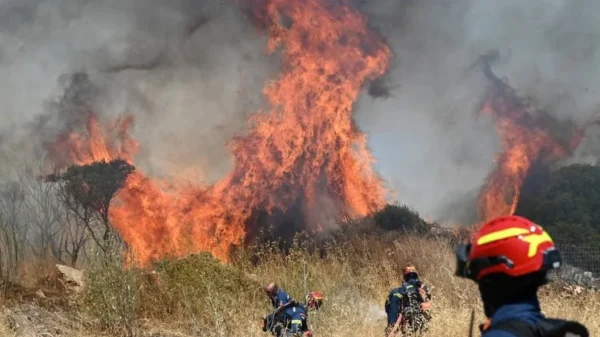On January 29, 2025, the United States witnessed one of the worst aviation tragedies in decades when a midair collision over Arlington, Virginia, claimed the lives of 67 people. Taking place just a few miles from Ronald Reagan National Airport, the crash involved a US Army Sikorsky UH-60 Black Hawk helicopter and a Bombardier CRJ-700 jet operated by PSA Airlines under American Airlines. As the nation mourns, attention has turned to understanding how such a disaster could occur and how it can be prevented in the future.
An Incident That Stunned the Nation
This catastrophic collision marks the deadliest commercial aviation accident in the United States in 16 years. While such events are rare, their shockwaves ripple across communities and the aviation industry. Leading the federal response, Jennifer Homendy, chair of the National Transportation Safety Board (NTSB), reiterated the importance of meticulous, impartial investigations. “This kind of painstaking work takes time,” said Homendy, stressing the need for credibility and transparency.
Currently, seven specialized teams are conducting a comprehensive analysis of the event. The investigation spans multiple angles, from evaluating the wreckage and flight data to examining air traffic control procedures and human factors such as pilot fatigue or drug interactions. Early findings are expected in 30 days at the earliest, while the final report may take as long as a year. However, investigators have assured the public they will act immediately if critical safety issues are identified in the meantime.
Broader Implications and Political Reactions
The tragedy has also ignited political debate, particularly after former President Donald Trump commented on the incident. Trump labeled the crash a potential consequence of what he claimed were diversity-driven hiring practices under President Biden’s administration, calling for an audit of the Federal Aviation Administration’s (FAA) recent policies. His remarks triggered a firestorm of debate, with some agreeing while others criticized his statements as premature and politicized.
Former FAA executive Michael McCormick urged restraint, advocating for a fact-based approach to identifying causes. “The focus should be on unbiased investigations, not politicized rhetoric,” McCormick emphasized. Aviation specialists have echoed this sentiment, warning against rushing to judgment. Instead, experts agree that thorough investigations should guide the path forward while reaffirming that aviation remains one of the safest modes of transportation worldwide.
Emotional Toll and Opportunities for Reform
Beyond policy debates, the human aspect of the tragedy is profound. The incident has left families and friends grieving immense losses. Images of wreckage and stories from grieving loved ones have reignited national attention on aviation safety, bringing comparisons to past incidents such as the 2009 Colgan Air Flight 3407 crash. That tragedy, which resulted in the death of 50 people, led to sweeping FAA reforms focused on pilot qualifications and training.
Aviation safety expert Daniel Kwasi Adjekum of the University of North Dakota believes this event has the potential to spur another wave of safety improvements. He emphasized the importance of “unbiased, data-driven investigations to prevent similar tragedies in the future.” Experts are already anticipating reviews of air traffic control coordination in high-density metropolitan areas and midair collision prevention systems.
The Road Ahead for Aviation Safety
As the NTSB works diligently to uncover the root causes of this disaster, the nation watches with heavy hearts and hopeful resolve. This tragedy serves as a stark reminder of the complexities of air travel and the vigilance required to maintain safety standards. While air travel remains statistically safer than other forms of transportation, even minor lapses can lead to catastrophic outcomes.
Jennifer Homendy and her NTSB team now face enormous pressure to deliver answers that will inform the future of aviation safety. At this critical juncture, collaboration between regulators, industry stakeholders, and policymakers will be key to ensuring such a tragedy never happens again. The reforms prompted by this incident could leave a lasting legacy by shaping safer skies for generations to come.
The next few months will prove critical for everyone affected by the Arlington collision. Although the pain of loss will linger, the findings of the investigation could illuminate a path to smarter safety protocols and renewed public confidence in the aviation industry. By learning from this tragedy, we may prevent others from experiencing similar heartbreak in the future.











































